You thought TikTok was about self-expression? Think again.
Right now, creators are getting banned for comments like “Nope ew” and “That’s dumb.” Not threats. Not slurs. Just basic, mildly spicy human reactions. Meanwhile, actual hate speech, racist DMs, and explicit predators? Still out there. Still untouched.
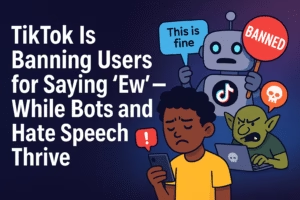
The message is clear: TikTok moderation isn’t about protecting users — it’s about protecting their image. And if that means nuking your account for calling a spicy chip challenge “gross,” so be it.
If you’re tired of walking on eggshells, this breakdown’s for you. Let’s unpack why TikTok’s moderation feels rigged, how the appeals system is a dead end, and what creators can do when common sense gets flagged as a violation.
TL;DR: TikTok’s Moderation System Is Completely Busted
-
TikTok Is Banning Users for harmless comments like “ew,” “gross,” or “that’s dumb.”
-
Appeals rarely work — most reports are auto-denied without context or review.
-
Meanwhile, hate speech and spam bots regularly get ignored or reinstated.
-
The AI moderation system is wildly inconsistent and punishes tone over intent.
-
Protecting your account now means filtering your personality — or using tools like Social Proxy to start fresh with clean IPs if flagged.
-
When “Gross” Gets You Banned
Let’s be honest — most people say worse things to their toaster than what’s getting users banned on TikTok right now.
In this thread alone, someone got a strike for commenting “gross.” Another got locked out of DMs for saying “nope ew.” One was banned outright for calling something “pretty dumb.” These aren’t toxic insults or personal attacks. They’re basic internet language — the kind of stuff people have been saying since AOL chat rooms. And yet TikTok’s moderation system is treating it like a Terms of Service violation from hell.
This isn’t just frustrating. It’s terrifying. Because if a one-word, emotionally neutral reaction can tank your account, no one is safe. TikTok’s moderation AI isn’t judging the meaning behind your comment — it’s reacting to tone proxies. Anything that sounds negative gets flagged. The actual context? Doesn’t matter.
And when you appeal? Forget it. The system is rigged tighter than a TikTok waist-trainer. Appeals are usually handled by the same moderation logic that flagged you in the first place. You click the button, wait three days, and get a boilerplate rejection. No explanation. No transparency. Just a silent “Nope ew” right back at you — with a permanent strike on your record.
What makes this even worse is what doesn’t get flagged. Hate speech. Slurs. Scams. Predators. All slipping through the cracks like butter on a hot algorithm. So the message TikTok is sending? Be nice, bland, and inoffensive — even if bots are harassing you — or get silenced.
Still want to play nice?
-
Why TikTok Moderation Is Backfiring on Real Creators
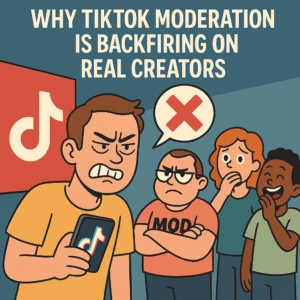 Here’s the brutal irony. The creators TikTok claims to protect — the ones who play by the rules, don’t post explicit content, don’t stir up drama — they’re the ones getting punished the most. Why? Because they actually engage. They comment. They react. They express opinions.
Here’s the brutal irony. The creators TikTok claims to protect — the ones who play by the rules, don’t post explicit content, don’t stir up drama — they’re the ones getting punished the most. Why? Because they actually engage. They comment. They react. They express opinions.And that’s exactly what TikTok’s moderation AI can’t handle.
Real creators speak like humans. Not like PR-trained robots. They use sarcasm. They joke. They drop dry one-liners like “that’s dumb” or “ew.” That’s part of internet culture — always has been. But TikTok’s system can’t read tone. It treats every negative-sounding word like a red alert. One wrong move and your account gets hit with a strike, a restriction, or worse — shadowed into irrelevance.
Meanwhile, bot farms push generic positivity or blatant spam. “Amazing post!” “Check my link!” “Click here to collab!” These slip through because they don’t trigger negativity filters. And trolls? They’ve learned to say terrible things in coded ways that bypass detection altogether. So now, the only people being punished are the ones trying to be real.
That’s why thousands of frustrated users are reporting the same thing: they can’t grow, can’t comment, and can’t trust the platform. The moderation system is punishing authenticity and rewarding mediocrity. And if that trend continues, TikTok won’t just lose creators — it’ll lose its culture.
-
The Broken Appeal System
TikTok tells you there’s a way to fight back. It’s called the appeal button. Cute idea — until you use it.
Here’s how it actually works: You get a strike for saying something harmless like “ew.” You tap “Appeal.” You wait 24 to 72 hours. Then you get a vague, automated message that says your comment violated community guidelines… again. No breakdown. No logic. Just a robot echoing the same decision made by another robot.
It’s not an appeal system. It’s a loop. A gaslight factory. And by the time you realize you’re stuck in it, your content is already suppressed, your comment privileges are restricted, and your momentum is dead. You’ve been soft-banned, and nobody told you.
Worse? Appealing sometimes makes things worse. Several users report that after appealing, their accounts got flagged even harder — like the system assumed they were trying to game it. Imagine being punished for asking questions. That’s TikTok in 2025.
And sure, you could contact support. But that’s like yelling into a cave filled with legal disclaimers. The only response you’ll get is a bot-generated message that restates the Terms of Service. Human review? Forget it.
At this point, appeals feel less like a tool and more like a formality — something TikTok includes to look fair while quietly crushing your reach behind the scenes.
-
What Actually Gets Ignored — The Double Standard
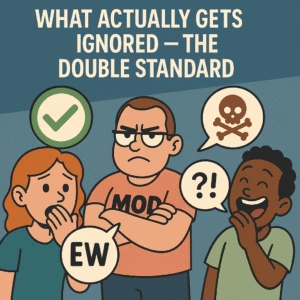 Here’s where it goes from frustrating to straight-up infuriating.
Here’s where it goes from frustrating to straight-up infuriating.While creators are getting slapped for saying “gross,” actual hate speech is sliding by like it owns the place. Racist slurs? Still up. Pedo-coded accounts? Active. Scam bots? Thriving. TikTok’s moderation system is so busy slapping your wrist for calling a video dumb that it completely misses the predators in the room.
This isn’t hypothetical. Just scroll through any viral post. You’ll find hundreds of garbage comments — actual harassment, coded bigotry, links to Telegram scams — and they’re just… there. Not flagged. Not removed. Because those comments don’t “trigger” the same keyword filters the AI relies on to do its job.
It’s not that TikTok doesn’t want to fix this. It’s that the system they’ve built punishes tone, not harm. It scans for surface-level negativity and flags creators trying to be funny, sarcastic, or blunt. But the truly dangerous stuff? It’s either too subtle, too algorithm-dodging, or too low priority to deal with.
That’s the double standard. Say “ew”? You’re out. Run a child exploitation ring under coded hashtags? The bot didn’t notice.
And that’s not just a glitch. That’s a disaster in slow motion.
-
The Future of TikTok Depends on Fixing This
TikTok isn’t dying because people are bored. It’s bleeding creators because it treats them like threats.
Right now, the moderation system is stuck in a loop — one that punishes authenticity and rewards soulless, inoffensive engagement. You say “ew”? Strike. You say nothing and repost the same sanitized content every day? Congrats, you’re safe.
But that’s not sustainable. Creators aren’t robots. Communities don’t thrive under censorship this lazy. And platforms don’t grow when their best users get silenced for being a little too human.
If TikTok wants to survive, it needs to fix moderation before it becomes the next MySpace — a place everyone used to love, but left behind when it stopped listening.
Until then? Protect your account. Comment less. Use clean IPs if you’re getting hit over and over. And remember: you’re not the problem. The system is.
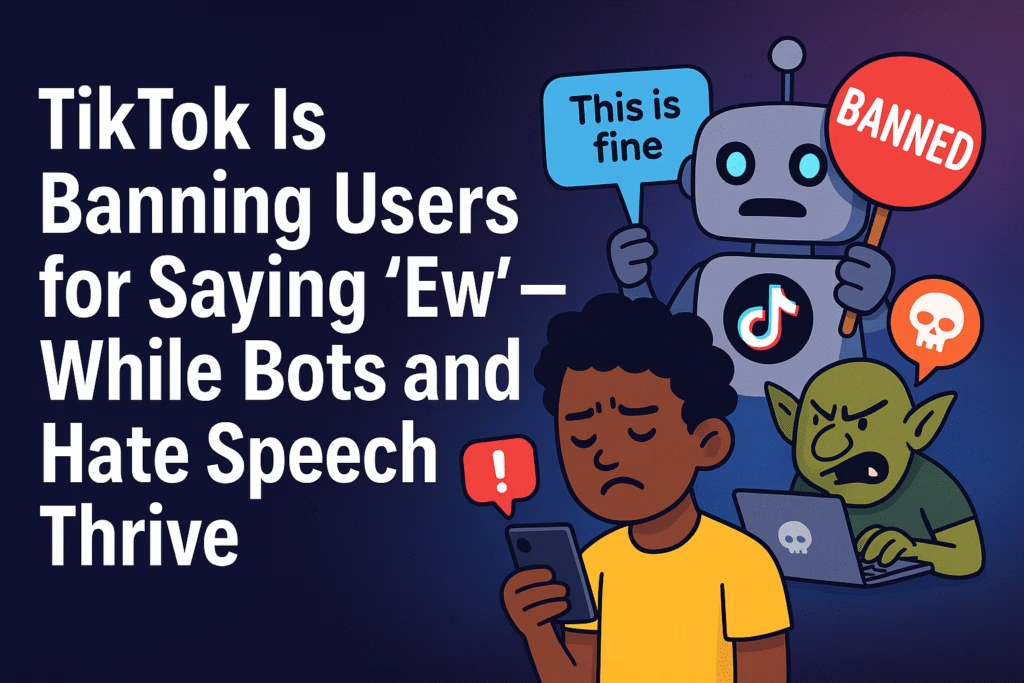
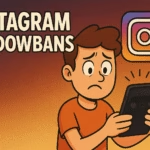
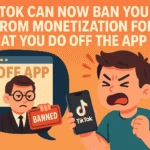
Pingback: The Creator Rewards Program Is a Scam — And Here’s the Ugly Truth About RPM - Social Tips Master
Pingback: Why TikTok Reporting System Is Broken (And Hurting Real Users) - Social Tips Master